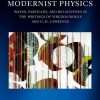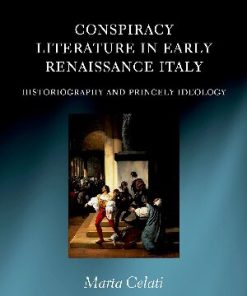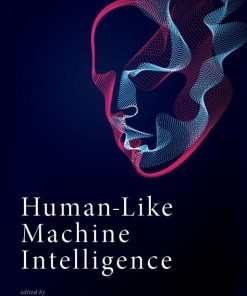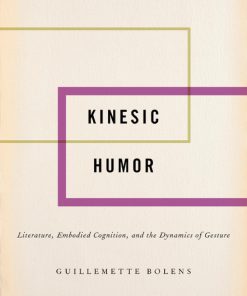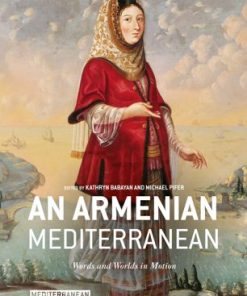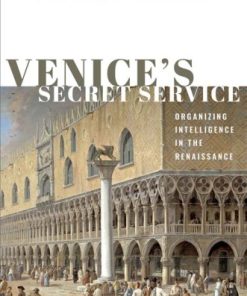Movement in Renaissance Literature: Exploring Kinesic Intelligence 1st Edition
$50.00 Original price was: $50.00.$25.00Current price is: $25.00.
Movement in Renaissance Literature: Exploring Kinesic Intelligence 1st Edition – Ebook Instant Download/Delivery ISBN(s): 9783319691992,9783319692005,3319691996,3319692003
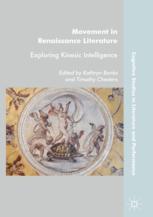
Product details:
- ISBN-10: 3319692003
- ISBN-13: 9783319692005
- Author: Kathryn Banks, Timothy Chesters
This book investigates how writers and readers of Renaissance literature deployed ‘kinesic intelligence’, a combination of pre-reflective bodily response and reflective interpretation. Through analyses of authors including Petrarch, Rabelais, and Shakespeare, the book explores how embodied cognition, historical context, and literary style interact to generate and shape responses to texts. It suggests that what was reborn in the Renaissance was partly a critical sense of the capacities and complexities of bodily movement. The linguistic ingenuity of humanism set bodies in motion in complex and paradoxical ways. Writers engaged anew with the embodied grounding of language, prompting readers to deploy sensorimotor attunement. Actors shaped their bodies according to kinesic intelligence molded by theatrical experience and skill, provoking audiences to respond to their most subtle movements. An approach grounded in kinesic intelligence enables us to re-examine metaphor, rhetoric, ethics, gender, and violence. The book will appeal to scholars and students of English, French, and Italian Renaissance literature and to researchers in the cognitive humanities, cognitive sciences, and theatre studies.
Table contents:
1. Introduction
2. Chiastic Cognition: Kinesic Intelligence Between the Reflective and the Pre-reflective in Montaigne and Scève
3. Turning Toward the Beloved (Virgil, Petrarch, Scève)
4. Scève’s Denominal Verbs
5. Metaphor, Lexicography, and Rabelais’s Prologue to Gargantua
6. The Gunpowder Revolution in Literature: Early Modern Wounds in Folengo and Rabelais
7. The Finger in the Eye: Jacques Duval’s Traité des Hermaphrodits (1612)
8. Exchanging Hands in Titus Andronicus
9. “Cabin’d, Cribb’ed, Confin’d”: Images of Thwarted Motion in Macbeth
10. Shakespeare’s Vital Signs
11. Kinesic Intelligence on the Early Modern English Stage
12. How Do Audiences Act?
People also search:
renaissance movement in english literature
what are the main features of renaissance movement
what type of movement was the renaissance
what kind of movement was the renaissance
what is renaissance movement
movements in literature timeline
You may also like…
Poetry - American Poetry
Conspiracy Literature in Early Renaissance Italy: Historiography and Princely Ideology Marta Celati
Engineering - Energy & Power Resources
Reference - Writing
Pronouns in Literature: Positions and Perspectives in Language 1st Edition
Education Studies & Teaching - Education - General & Miscellaneous
The Mind-Body Connection for Educators: Intentional Movement for Wellness Kathryn Kennedy
Politics & Philosophy - Anthropology
History - European History
Venice’s Secret Service: Organizing Intelligence in the Renaissance 1st Edition Loanna Lordanou


